“Eastah time is da time fo eggs, and da time fo eggs is da Eastah time,” my mother-in-law used to chant in a singsong voice. With the animated expression reserved for small grandchildren, she would introduce them to this long-standing tradition.
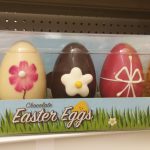 Easter is indeed the time for eggs. For centuries the lively chick breaking out of the hard, mysterious shell has been a metaphor for the fertility and rebirth of spring.
Easter is indeed the time for eggs. For centuries the lively chick breaking out of the hard, mysterious shell has been a metaphor for the fertility and rebirth of spring.
Easter egg hunts and egg rolling events are organized by churches and civic organizations across America. Banners and signs on lawns and town greens encourage parents of young children to bring them along for some traditional fun.
The granddaddy of these events is the annual Easter Egg Roll on the White House lawn that is held on the Monday after Easter. Thousands of children thirteen and under gather with their families to push an egg across the lawn with a wooden spoon while the President and First Lady cheer them on. As many as 35,000 egg rollers and their families attend the event. The tradition that began with President Rutherford B. Hayes in 1878 has become an all-day festival with entertainment, storytelling, and food.
The tradition of egg rolling is said to symbolize the rolling away of the stone from Christ’s tomb, but the origins of hiding eggs are a little murky.
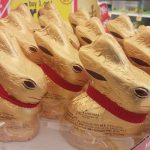 Easter egg hunts date back to the time of Martin Luther. The German tradition crossed the channel to England and somewhere along the way, the Easter Bunny got involved. It’s a beloved celebration, both in homes on Easter morning as well as at public events. Easter Sunday often begins with small children scurrying around the house, baskets in hand,
Easter egg hunts date back to the time of Martin Luther. The German tradition crossed the channel to England and somewhere along the way, the Easter Bunny got involved. It’s a beloved celebration, both in homes on Easter morning as well as at public events. Easter Sunday often begins with small children scurrying around the house, baskets in hand, 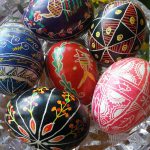 gleefully seeking mysteriously hidden eggs.
gleefully seeking mysteriously hidden eggs.
The Easter bunny is known for public appearances at egg rolling and hunting events. A well-known character, her portrait is often rendered in chocolate sculpture as well as on seasonal candy of all flavors. This is a German custom too, brought to America by immigrants. The bunny (known for large and frequent families), is another symbol of the fertility and bounty of Spring, just like the egg.
Early Christians colored eggs red as a symbol of Christ’s blood. The tradition spread across the Christian world and reached its apex in the Ukraine where colorful, geometric designs were created with melted wax and dye.
Marsha took a Ukrainian egg-decorating class with local expert Jane Pollock some time ago. The beautiful eggs she made are the result of a painstaking process of creating the design, drawing it on the egg with wax, and then dipping the egg, once for each color.
 I always look forward to the day leading up to Easter when the house is full of the vinegary aroma of the egg dye we use. There’s a homey pleasure in dipping the eggs in coffee cups of colored dye, made all the better with the “help” of kids. The longer you leave them, the richer the color. The whitest smoothest eggs work best. Don’t repeat the error I made one year of getting brown eggs. They don’t work.
I always look forward to the day leading up to Easter when the house is full of the vinegary aroma of the egg dye we use. There’s a homey pleasure in dipping the eggs in coffee cups of colored dye, made all the better with the “help” of kids. The longer you leave them, the richer the color. The whitest smoothest eggs work best. Don’t repeat the error I made one year of getting brown eggs. They don’t work.
Beginning in the 19th century, hen’s eggs began to get competition from chocolate eggs. Easter is now the number two holiday in the candy business, second only to Halloween. The Cadbury cream egg started the tradition in 1875, with its innovative and very sweet fondant center encased in a chocolate egg. Brightly-colored, foil-wrapped, solid chocolate eggs can be had by the handful in the Easter season.
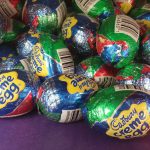 Sweets were always a favorite way to break the Lenten fast, but chocolate eggs and other chocolate confections took over the Easter basket in the early 20th century.
Sweets were always a favorite way to break the Lenten fast, but chocolate eggs and other chocolate confections took over the Easter basket in the early 20th century.
Jelly beans, with their egg shapes, are another Easter basket staple. They have no nutritional value – just an irresistible sugary sweetness. They took a big step up with the creation in 1976 of Jelly Belly beans and their over 50 distinctive flavors. (Ronald Reagan famously munched on them in the Cabinet Room.)
Eggs also make an appearance in Easter breads. Tsoureki, a braided greek Easter loaf includes a colored egg. Pane di Pasqua, an Italian braided Easter bread flavored with citrus and anise, is baked around a colored but raw egg that cooks as the bread bakes. Portugal, Spain, and Bulgaria also have Easter breads baked with a whole egg.
Eggs are everywhere in Easter festivities, just like Marsha’s Mother said. Just ask a kid.







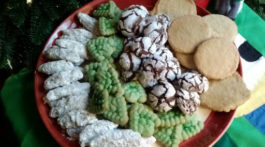
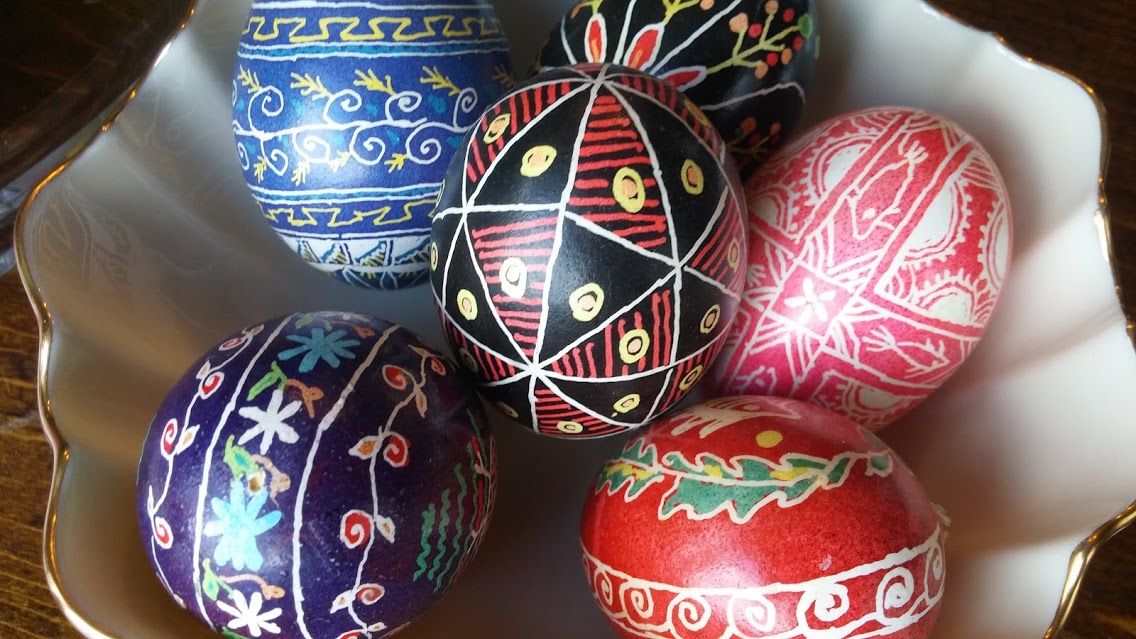
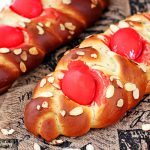
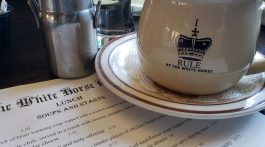
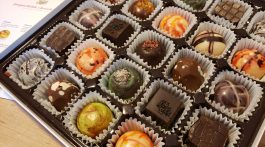
My mom, my aunt and my grandma (Nonni) used to say the same sing-song rhyme. How funny to find someone else who knows it!
These traditions get handed down in families. It’s hard to find where they start.